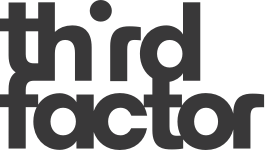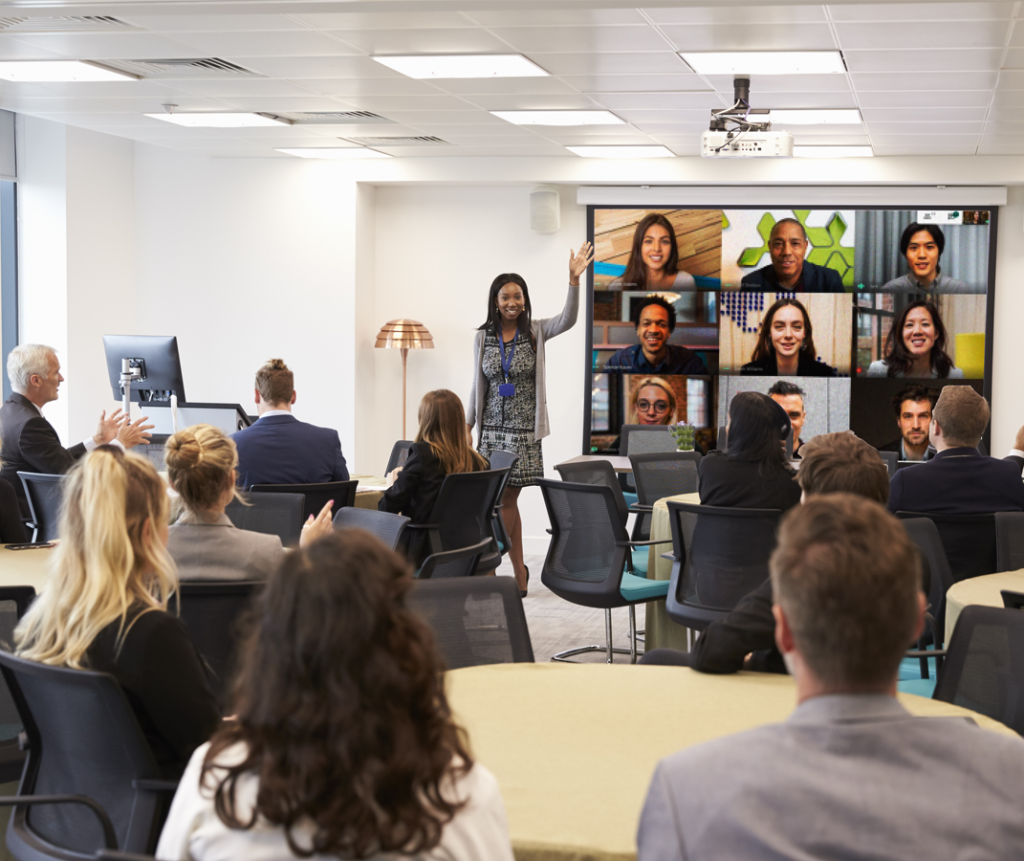Hybrid work can be a great model for people who are established in their careers, but it presents unique challenges for those just starting out. Early career employees don’t have the same opportunities to observe the workplace culture and leaders often struggle to provide frequent, specific feedback when not working in the same physical space.
So how will we lead this generation just entering the workforce, for whom “hybrid work” is not even a relevant term because it is the only style of work they know? Effective coaching needs to be part of the DNA of how we lead people now. In practical terms, it involves making the culture visible, creating opportunities to observe performance, and establishing systems to bridge the gap between in-person and remote work in a way that builds trusting relationships.
Make the culture visible
George Bernard Shaw famously noted “the single biggest problem in communication is the illusion that it has occurred.” Early in our careers, workplace culture and the nuances of professional life were communicated to us mostly by simply being in the office. We saw how people interacted outside of meetings and we overheard the words they used with their leaders. Through observation we formed images in our minds that we could then emulate.
It is easy to expect that employees entering the workforce today will similarly absorb these indirect messages. But with fewer opportunities to observe how things work, early career employees are left to make many assumptions about how to successfully navigate a new organization. Compound this with the tremendous ambiguity that remains around so many aspects of hybrid work, and you are likely to run into issues.
One of the greatest coaches we worked with, Jack Donohue, spoke of the need to build sharp clarity before we can offer effective feedback. People cannot do things that they cannot imagine. We need to break down vague concepts such as “flexible work,” “professionalism,” and “remote collaboration” into specific behaviours that people can see in their mind. Perhaps on your team “flexible work” really means that all team members are online and available between the hours of 10am and 3pm, their MS Teams status is always kept up to date, and the entire team is together in the office between 9am and 5pm on Wednesdays. Drilling down to this level of specificity is necessary to build the clarity that will enable early career employees to succeed.
Create opportunities to observe performance
When I was on my first project as a new management consultant, I was tasked with completing the analysis of a large data set. It was a steep learning curve, but I was eager to prove myself. I would continually tell my manager that everything was going well when I was actually working late nights scouring the internet to troubleshoot Excel errors.
My manager eventually called a time-out when she glanced over my shoulder and found me manually moving data around a spreadsheet. While she commended my eagerness to learn, she also pointed out the people sitting beside me who could teach me a much faster approach. “Might it be better to ask one of them for help and then you will know how to do it too?” she asked. A wild idea, I know.
In a hybrid world, we must intentionally create opportunities to observe performance.
It is never easy to teach early career employees everything they need to know in their first job. But it is even more complicated when we do not have opportunities to glance over their shoulder and directly observe their work. In a hybrid world, we must intentionally create these opportunities to observe performance. Working alongside new employees on early projects and joining them in as many meetings as possible is critical to see them in action and identify behaviours to reinforce or adjust.
A leader in one of our coaching workshops liked to regularly use screen sharing capabilities. This allowed her to see the steps that her team member was following and quickly identify process steps that she wanted to either reinforce or adjust. By sharing her own screen, she normalized the practice so that her team was comfortable with the approach. It also made her own work more visible and surfaced process steps that had become so automatic for her that she wouldn’t have otherwise thought to teach them.
When it is not possible to see the person in action, questions are a valuable tool to gain insight into their thinking. One leader we worked with likes to use questions such as “how would you approach this task” or “can you walk me through your thinking” so that he can offer adjustments or additional information before getting started on the task. During regular check-ins, questions such as “what are you most proud of this week” or “what would you like some feedback on” can provide jumping off points to understand how the person is working. The key is to continue asking questions and actively listening until you get below the surface-level responses and uncover specific behaviours to reinforce or adjust through feedback.
Build systems to bridge the gaps
Our Principal Trainer, Garry Watanabe, says issues with early career employees also often arise because they do not yet have mental maps for how things get done in the organization. In the office, getting quick answers is as easy as asking someone who does not look too busy. But when everyone is remote, it is impossible to see who might be warm for an interruption.
Garry suggests pairing early career employees with a peer-level buddy or more experienced mentor who they can go to for help. Providing a dedicated resource empowers them to find the answers they need and removes some of the barriers to seeking help. It also offers a safe way to ask for quick feedback and build confidence, all while freeing up your time together for more meaningful interactions.
Connecting early career employees with other team members in this way provides the added benefit of building relationships across the team, which is the ultimate system for bridging the gaps between in-person and remote work.
Start your people on a path to success
There is no doubt that leading early career employees in a hybrid world introduces new complexities and challenges. But by making the informal aspects of work more explicit, creating opportunities to observe performance, and building systems to bridge the gap, leading in this environment can be just as effective and fulfilling for both leaders and employees.





